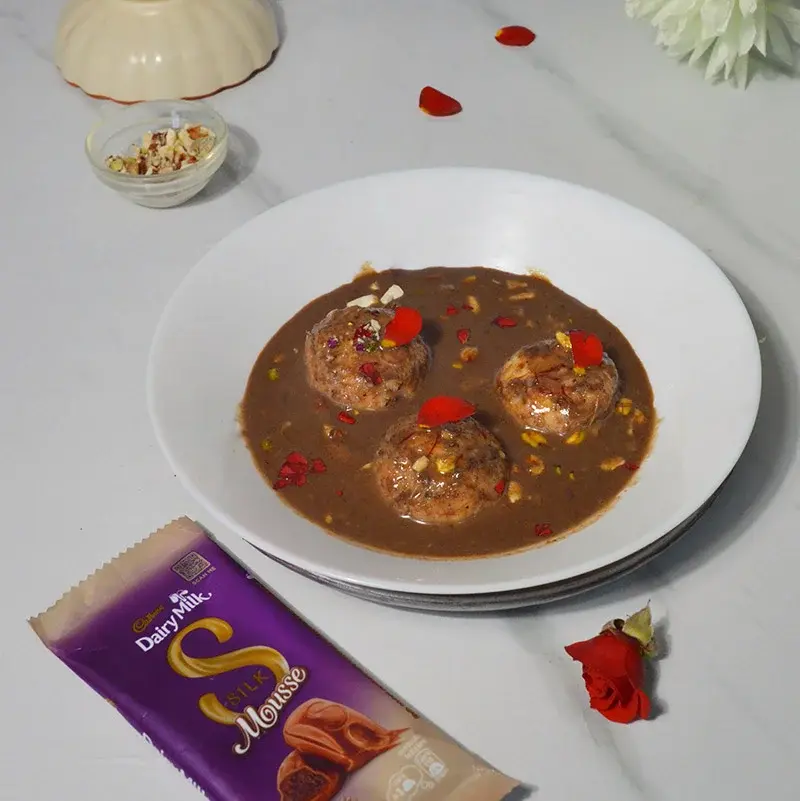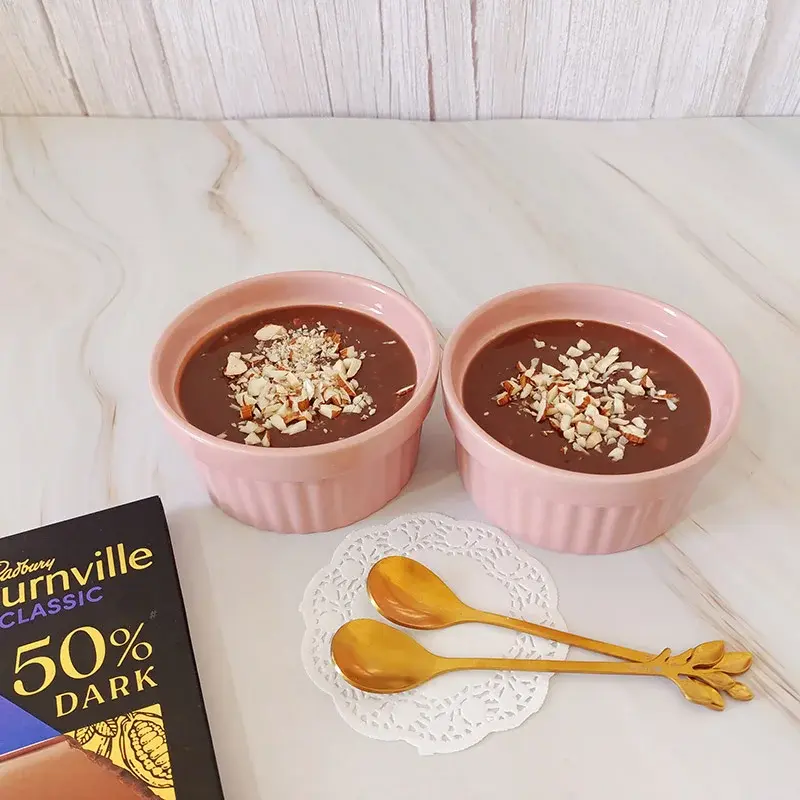- Home
- Articles
- From Iran to the Mughal Royalty, Falooda is Almost as Old as Grandfather Time and Continues to Evolve
Mughals were behind the introduction of Falooda to India and before their fall, it was gatekept among the royals. Now, its widely available and given modern food trends, it continues to evolve and keeps bettering itself.
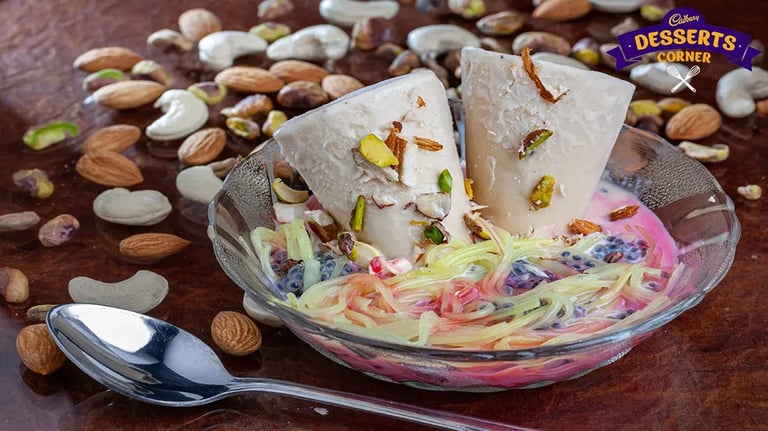
Mughals were behind the introduction of Falooda to India and before their fall, it was gatekept among the royals. Now, its widely available and given modern food trends, it continues to evolve and keeps bettering itself.
On particularly hot afternoons in summer, be it in Delhi or Mumbai, falooda is the go-to treat for many exhausted people who are craving something indulgent and sweet. There is no better way to beat the heat than with a tall glass of falooda or falooda that is served on a plate, both equally delicious. For generations, it has been a sought-after indulgence over social gatherings whether with family or friends and sometimes it is a popular fixture at weddings.
Countless stories, gripes and important decisions have happened over a feast of this delectable cold dessert and one might forget the falooda but the memories associated with it, remain. This centuries-old dessert consists of a kulfi that is sliced up and then a generous serving of vermicelli noodles or jelly is plopped on top, basil seeds add to the aesthetics with a splash of rose syrup. Depending on the form – drink or dessert, either milk or ice cream is added to the ingredients mentioned before. Why wouldn’t anyone want such a refreshing dessert?
The History
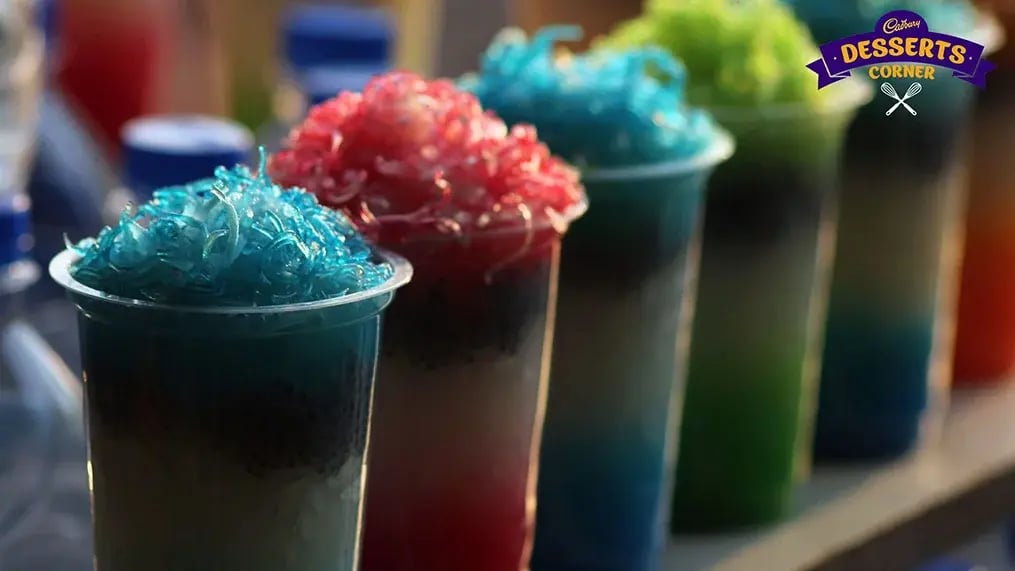 This delicious and aesthetically pleasing treat has its roots in Persia’s Shiraz, which is in modern-day Iran. It has been in existence since 400 BC and is actually one of the oldest desserts there is out there. However, the modern-day falooda is an extravagant fare while the Persian dessert version differs a bit for it only had vermicelli noodles made from corn flour, rose syrup and sugar syrup.
This delicious and aesthetically pleasing treat has its roots in Persia’s Shiraz, which is in modern-day Iran. It has been in existence since 400 BC and is actually one of the oldest desserts there is out there. However, the modern-day falooda is an extravagant fare while the Persian dessert version differs a bit for it only had vermicelli noodles made from corn flour, rose syrup and sugar syrup.
The Iranians relished their faloodeh during celebratory feasts and festivals in their country and nobody knows or at least there is no explicit documentation or record of how this Persian delight came to India. But, we do know that one of the later Mughals, Jahangir, if the records are to be believed, might have brought back this dessert to India, after annexing Iran. Out of all the confections and Middle-Eastern spread, he seemed to have liked falooda the best, both in its appearance and taste and since then it began being made in the royal Mughal kitchens.
Once a royal treat, we don’t really know if it was enjoyed by the Persian elite in their country back then, but now, several decades later, falooda enjoys its liberated free dessert status with it being affordable and widely available in every part of the country, just like most of the other Mughal cuisine.
Falooda Beyond India and Persia
 Something as crazy and as extravagant as the falooda has more variations that are enjoyed in other countries as well. Some English-speaking countries also dub this dessert-drink the ‘boba of south Asia’, but regardless of tags and names, they continue to enjoy massive popularity ever since their invention in Iran, ages ago.
Something as crazy and as extravagant as the falooda has more variations that are enjoyed in other countries as well. Some English-speaking countries also dub this dessert-drink the ‘boba of south Asia’, but regardless of tags and names, they continue to enjoy massive popularity ever since their invention in Iran, ages ago.
You might be familiar with the Malaysian Cendol, popular in Indonesia, Thailand and the Philippines as well, which technically might not resemble our version of falooda, it does have jelly-like noodles tinged green with the use of the local Pandan leaves. Suspended in a bowl of creamy coconut milk with extravagant toppings, this dessert ups the falooda game.
Like falooda which is served straight up in a glass in most Indian restaurants, in the Philippines it gets a remix and is called Halo Halo, made of crushed ice and coconut milk. Just like our falooda, this one is also rich in ingredients that enhance the flavor of the simpler base ingredients. Moving on to a tiny island nation, Mauritius also has its own version called Alouda, which is eaten with bubble tea, strawberries, and vanilla syrup.
Other Versions in India
 Falooda in itself is extravagant especially if you consider the current descendant with its ancestor supreme. Rose reigns supreme accompanied by the kulfi and vermicelli noodles, but we have to admit the drink version enjoys more popularity. While a little bit extra hurt nobody, these versions of falooda also exist in the market and some places make them upon request:
Falooda in itself is extravagant especially if you consider the current descendant with its ancestor supreme. Rose reigns supreme accompanied by the kulfi and vermicelli noodles, but we have to admit the drink version enjoys more popularity. While a little bit extra hurt nobody, these versions of falooda also exist in the market and some places make them upon request:
- Dry Fruit Falooda: Instead of vermicelli, this one is popular in drink form featuring flavored milk with dry fruit flavored ice cream, with crushed nuts, typically pistachio garnished to complete this falooda.
- Jelly Falooda: This falooda has jelly blocks instead of noodles and is quite a visual treat, some variations also use noodles and add basil seeds and a generous helping of ice cream.
- Parsi Falooda: A spin-off of the original falooda from Iran, this goes a bit modern and instead of sugar syrup, and vermicelli noodles it has milk, basil seeds and ice cream. The rose syrup remains constant.
Like This Article?
More Like This
Popular Articles
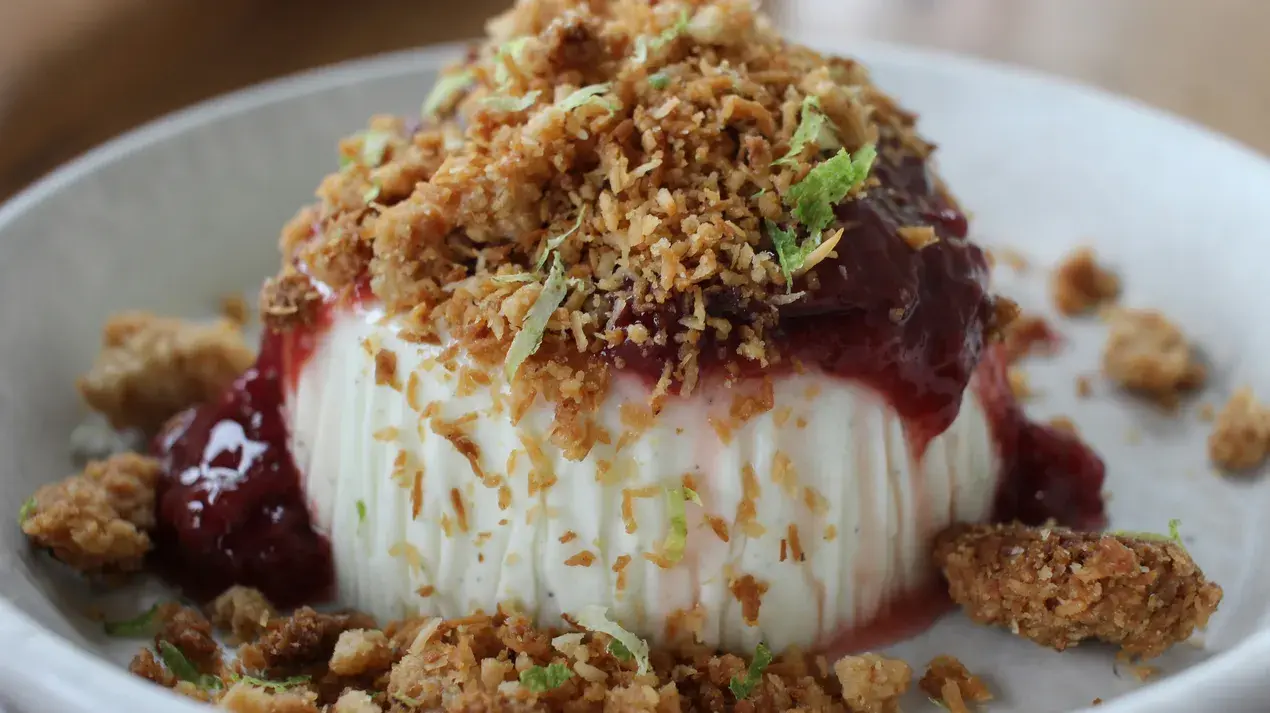
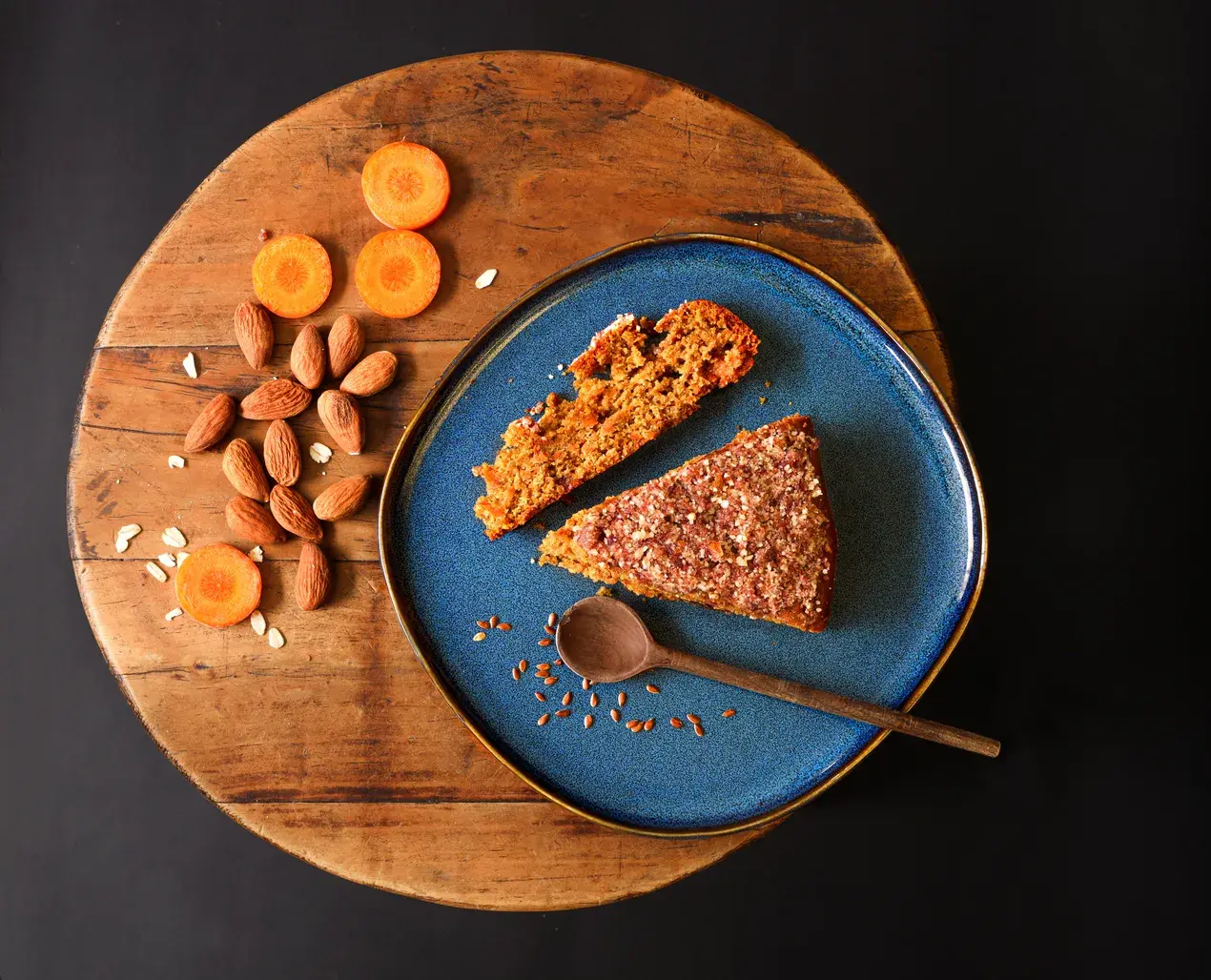



Trending Web Stories
Curated Recipes

